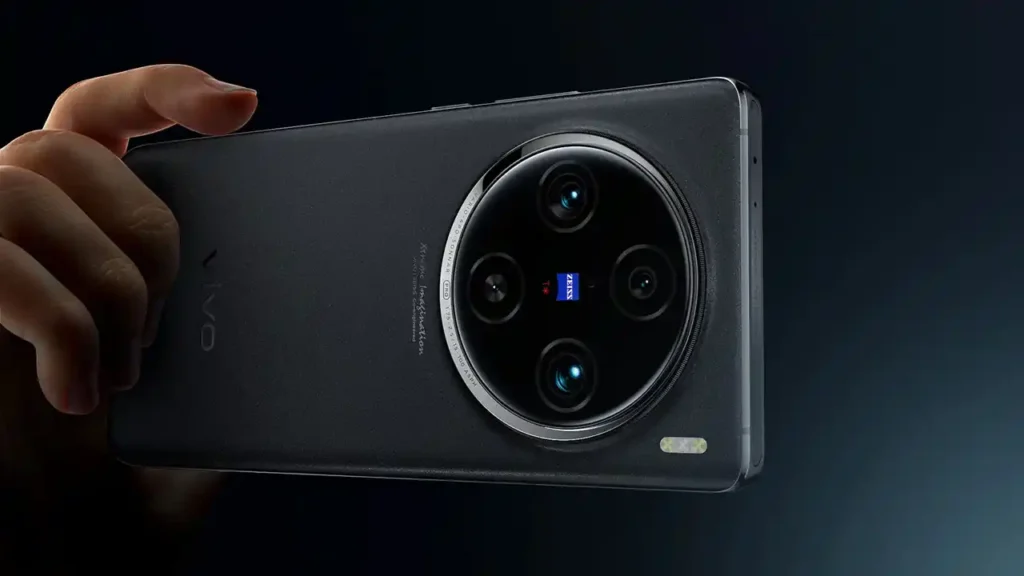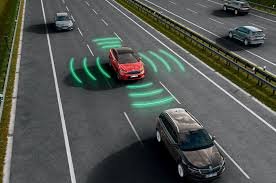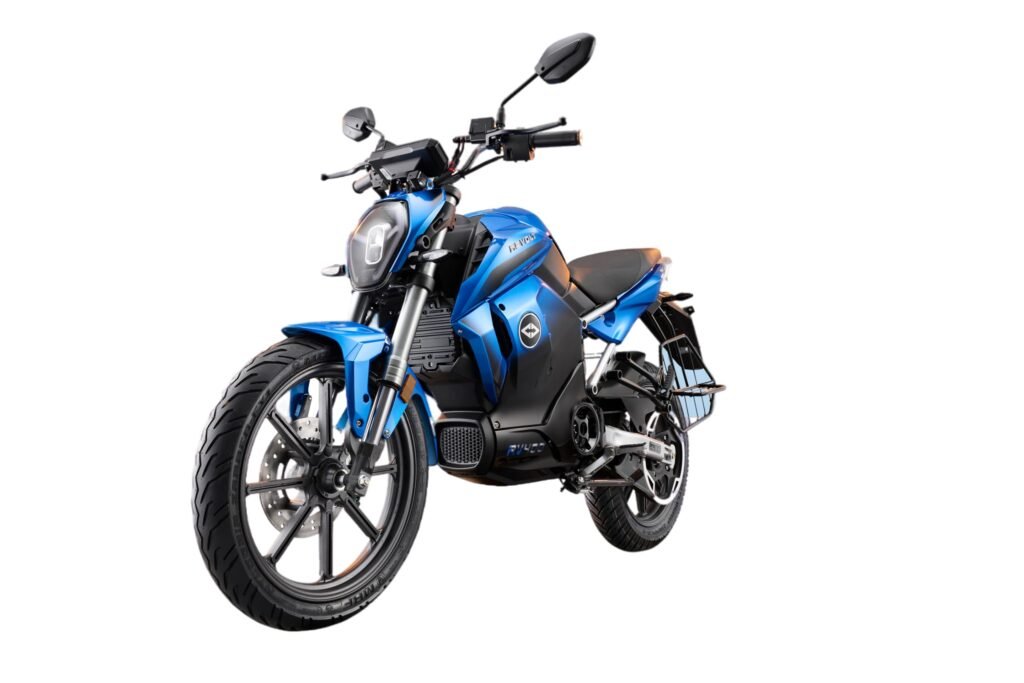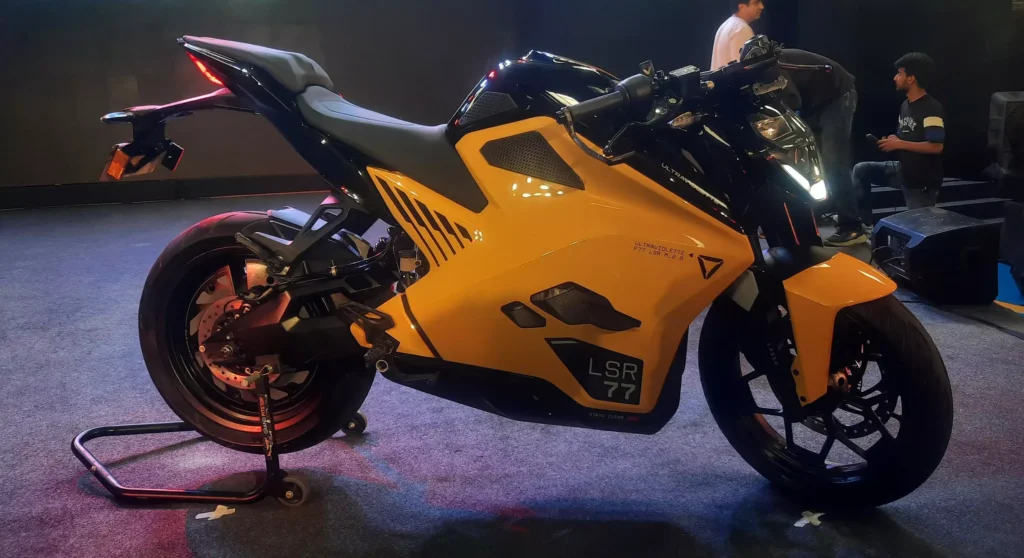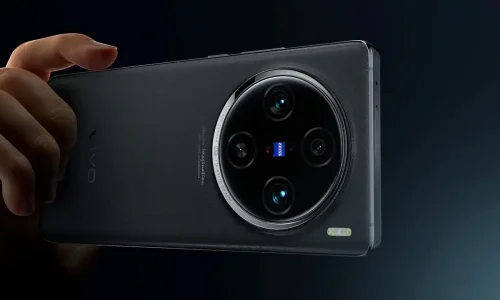5G and Wi-Fi 7 Revolutionize Tablet Connectivity
In 2025, the tablet market is witnessing a significant transformation, and at the heart of this evolution lies one of the most impactful upgrades yet — 5G and Wi-Fi 7 integration. With the explosion in demand for ultra-fast, reliable, and low-latency internet access, these two technologies are set to redefine how we interact with our tablets. Whether you’re a student attending online classes, a creative professional working on-the-go, or a gamer seeking lag-free performance, the fusion of 5G and Wi-Fi 7 is tailor-made for your needs. 📱 What Is 5G Bringing to the Table(t)? 5G, the fifth-generation wireless technology, isn’t just about speed — although it offers download speeds up to 10 Gbps, nearly 10x faster than 4G LTE. It also promises: For tablets, this means no more lag in high-pressure Zoom meetings, no stutters in cloud gaming, and lightning-fast file uploads and downloads, even when tethering your tablet to 5G hotspots in remote areas. 🌐 Wi-Fi 7: Beyond the Limits of Home Internet Wi-Fi 6 brought improved speeds and reliability, but Wi-Fi 7 pushes boundaries even further. It’s not just an upgrade—it’s a reinvention. Wi-Fi 7 offers: For tablets, Wi-Fi 7 enables flawless transitions between work and entertainment. Whether you’re editing a 4K video, hosting a webinar, or running multiple apps at once, Wi-Fi 7 maintains fluid performance, even in congested environments like offices, schools, or airports. 🎮 For Gamers & Streamers: A Dream Setup Gaming on tablets used to be a secondary option—until now. With 5G and Wi-Fi 7, even cloud gaming platforms like Xbox Cloud, GeForce NOW, or PlayStation Remote Play run with minimal input lag and crisp resolution. Streaming platforms benefit as well. Thanks to these technologies, buffering is nearly eliminated, and content plays in stunning quality across apps like Netflix, YouTube, and Twitch. 💼 Remote Work and Online Learning Redefined With hybrid work and remote education now mainstream, tablets are evolving into full-fledged productivity devices. Wi-Fi 7 and 5G together ensure: Students and professionals can now rely on tablets as their primary device, not just a secondary screen. 🔋 Power Efficiency Meets Connectivity Despite the ultra-fast speeds, modern chips like Qualcomm Snapdragon X75 and MediaTek Dimensity 9300 are designed with power efficiency in mind, so 5G and Wi-Fi 7 don’t drain battery life the way older tech did. This means longer screen time, less overheating, and smarter energy management — perfect for users always on the go. 🛒 Final Thoughts: A Must-Have in 2025 Tablets Whether you’re buying a flagship tablet like the iPad Pro 2025, Samsung Galaxy Tab S10 Ultra, or Lenovo Tab Extreme Gen 2, make sure it supports 5G and Wi-Fi 7. These aren’t just optional features anymore — they’re essential tools in a hyper-connected, content-rich world. In conclusion, tablets are no longer just content consumption devices. With 5G and Wi-Fi 7, they’re becoming powerful hubs of communication, productivity, and creativity — always connected, always responsive, and ready for the future.



